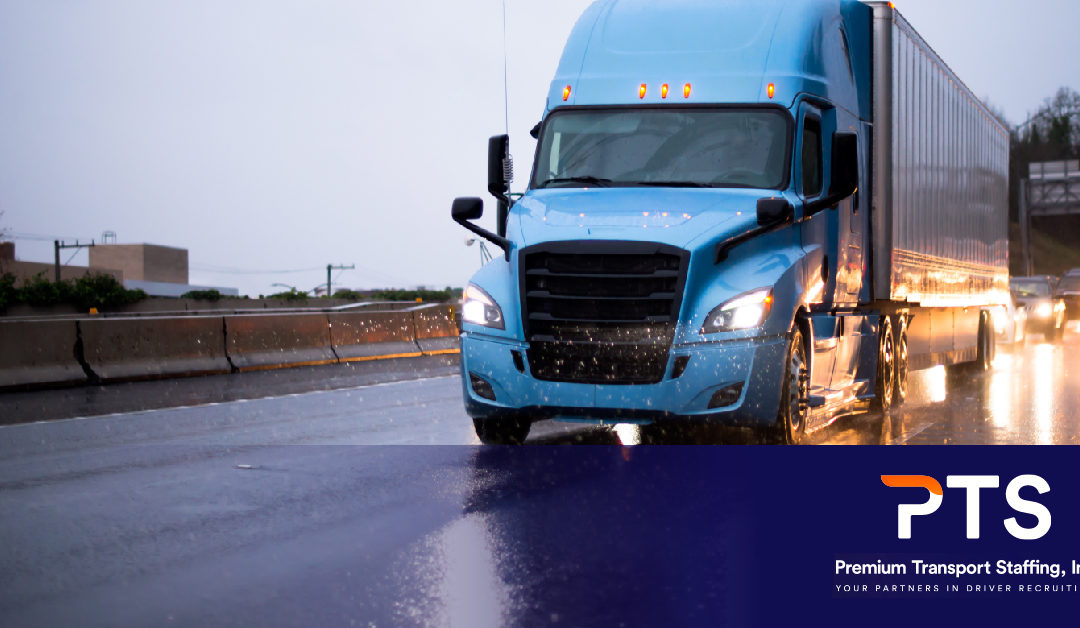While summer means you typically don’t have to worry about ice and snow while on the road, that doesn’t mean there aren’t hazards. Summer storms and other kinds of seasonal bad weather can be at least as dangerous, if not more so.
Many drivers underestimate the risks, causing them to make poor decisions when summer storms strike. If you want to ensure that you and others can make it home safely, here are some safety tips for CDL drivers that can help.
Monitor Weather Alerts
Weather alerts let you know if conditions are changing and creating potentially hazardous situations. During the summer, thunderstorms may develop with surprising speed. In some cases, those conditions don’t just produce downpours and lightning; they release hail or produce flash floods. Plus, those weather conditions can spur tornadoes, which can also develop with little – if any – notice.
By receiving weather alerts, you can adjust your driving approach in advance. Whether that means simply preparing for poor conditions or pulling over until the situation improves may depend on the alert involved. However, it ultimately gives you chances to act proactively, which can make a big difference when you’re trying to drive safely.
Avoid Rapid Speed Changes
During summer storms, avoid quick acceleration or hard braking. When roads are wet, rapid changes to your speed could cause you to lose traction. In turn, it could increase your odds of an accident.
Instead, try to use gradual speed changes. Plan for lengthier accelerations as you come onto highways or head uphill. Additionally, brake in a controlled manner whenever possible. If you know that you’ll need to stop ahead, start decelerating early, allowing you to shift your speed more slowly.
Maintain Greater Distance
Sumer storms alter your stopping distance. Wet roadways mean it’ll take longer to decelerate, so you want to make sure you have more room between you in the car ahead of you in case you need to stop unexpectedly.
Additionally, even if you’re driving safely, others may not. Greater following distances give you more room to act if another vehicle experiences an issue, such as a loss of traction, making it less likely that you’ll end up involved in an accident.
Know When to Pull Over
Downpours and hail can both dramatically reduce visibility, along with making the roads more hazardous. If you’re finding it hard to navigate or are concerned that the streets are becoming unsafe, it’s better to pull over than risk an accident.
Ideally, you want to exit any highways and find a safe place to wait it out, such as a truck stop. However, if conditions are severe, it’s better to head to the shoulder than to continue driving.
In the case of tornados, taking cover is often essential. Again, heading to truck stops is wise if it’s possible. If that isn’t an option, pull over in an open area, leave your seat belt on, and keep the truck running. Sink down as low as possible in the seat and place a blanket over your head. Then, wait until the risk passes before getting up.
Find CDL Home Daily Jobs With PTS®
If you’d like to find more driving job opportunities, the team at PTS® wants to hear from you. Contact us today or visit our career portal.


Recent Comments